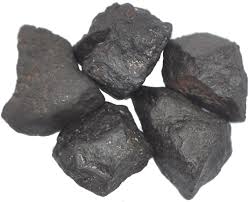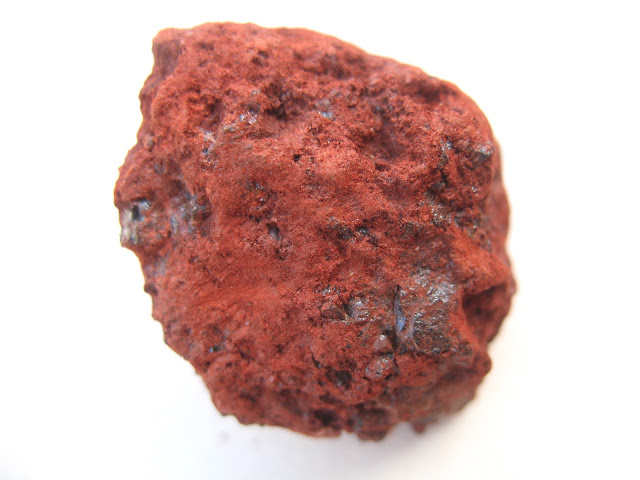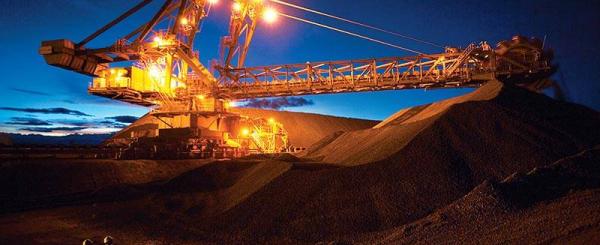Iron Ore
Magnetite
Magnetite is a mineral and one of the three common naturally-occurring oxides of iron. Its chemical formula is Fe3O4, and it is a member of the spinel group. Magnetite is the most magnetic of all the naturally-occurring minerals on Earth. Naturally-magnetized pieces of magnetite, called lodestone, will attract small pieces of iron, which is how ancient peoples first discovered the property of magnetism.
Small grains of magnetite occur in almost all igneous and metamorphic rocks. Magnetite is black or brownish-black with a metallic luster, has a Mohs hardness of 5–6 and leaves a black streak.
Our main motto is to serve customer with better quality and competitive prices. Iron Ore Division is having its own laboratory for keeping a keen track on the quality of the cargo with well trained QC staff.
Magnetite is sometimes found in large quantities in beach sand. Such black sands (mineral sands or iron sands) are found in various places, such as California and the west coast of the North Island of New Zealand. The magnetite is carried to the beach via rivers from erosion and is concentrated via wave action and currents.
Huge deposits have been found in banded iron formations. These sedimentary rocks have been used to infer changes in the oxygen content of the atmosphere of the Earth.

Hematite
Hematite, also spelled as haematite, is the mineral form of iron(III) oxide (Fe2O3), one of several iron oxides. Hematite crystallizes in the rhombohedral lattice system, and it has the same crystal structure as ilmenite and corundum. Hematite and ilmenite form a complete solid solution at temperatures above 950 °C (1,740 °F).
Hematite is a mineral, colored black to steel or silver-gray, brown to reddish brown, or red. It is mined as the main ore of iron. Varieties include kidney ore, martite (pseudomorphs after magnetite), iron rose and specularite (specular hematite). While the forms of hematite vary, they all have a rust-red streak. Hematite is harder than pure iron, but much more brittle. Maghemite is a hematite- and magnetite-related oxide mineral.
Huge deposits of hematite are found in banded iron formations. Gray hematite is typically found in places that can have still standing water or mineral hot springs, such as those in Yellowstone National Park in North America. The mineral can precipitate out of water and collect in layers at the bottom of a lake, spring, or other standing water. Hematite can also occur without water, however, usually as the result of volcanic activity.
Our main motto is to serve customer with better quality and competitive prices. Iron Ore Division is having its own laboratory for keeping a keen track on the quality of the cargo with well trained QC staff.

Iron Ore Below Fe 64%
Iron ores are rocks and minerals from which metallic iron can be economically extracted. The ores are usually rich in iron oxides and vary in color from dark grey, bright yellow, deep purple, to rusty red. The iron itself is usually found in the form of magnetite (Fe
3O
4, 72.4% Fe), hematite (Fe
2O
3, 69.9% Fe), goethite (FeO(OH), 62.9% Fe), limonite (FeO(OH).n(H2O)) or siderite (FeCO3, 48.2% Fe).
Our main motto is to serve customer with better quality and competitive prices. Iron Ore Division is having its own laboratory for keeping a keen track on the quality of the cargo with well trained QC staff.
